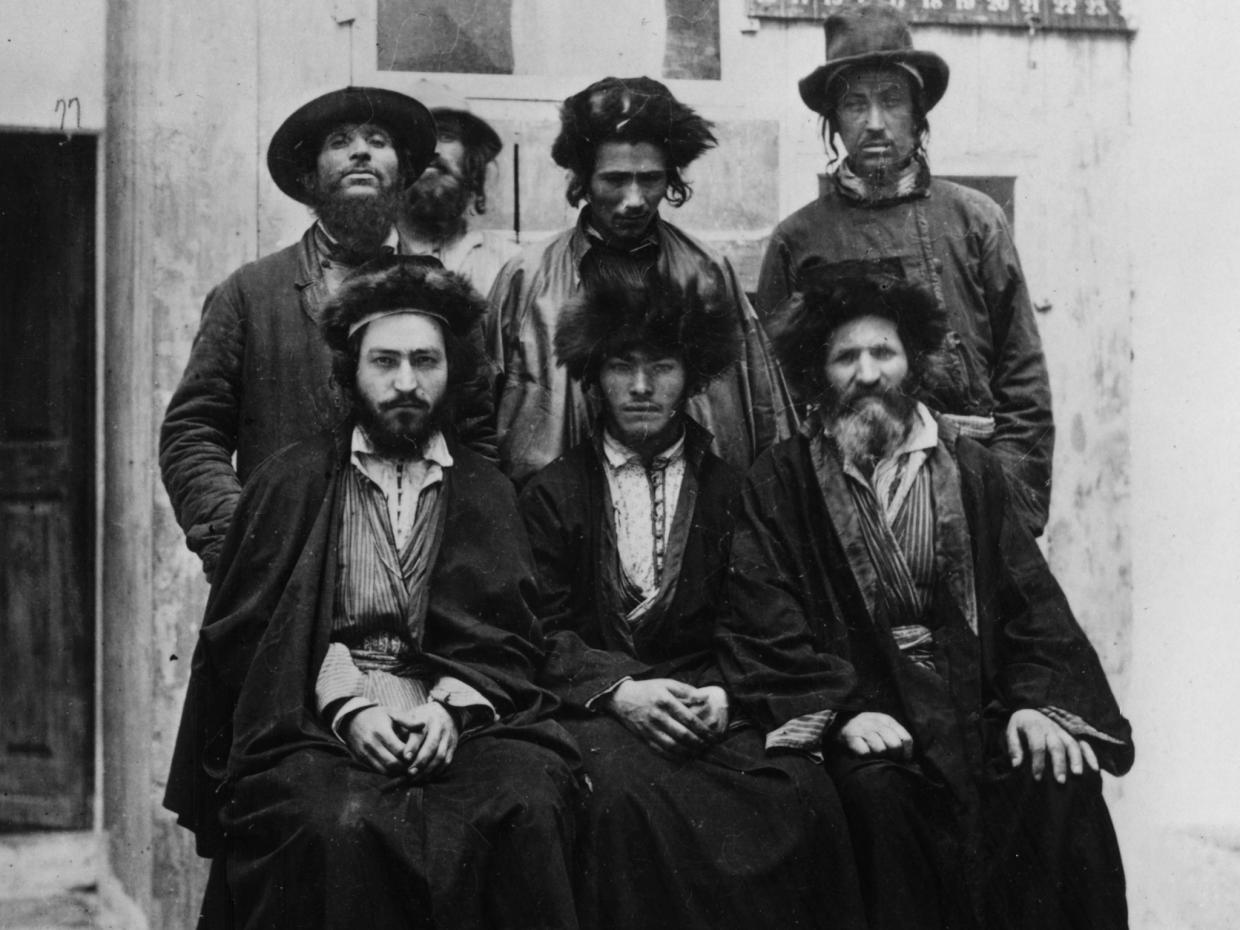Scientists reveal Jewish history's forgotten Turkish roots
Israeli-born geneticist believes the Turkish villages of Iskenaz, Eskenaz and Ashanaz were part of the original homeland for Ashkenazic Jews
New research suggests that the majority of the world’s modern Jewish population is descended mainly from people from ancient Turkey, rather than predominantly from elsewhere in the Middle East.
The new research suggests that most of the Jewish population of northern and eastern Europe – normally known as Ashkenazic Jews – are the descendants of Greeks, Iranians and others who colonized what is now northern Turkey more than 2000 years ago and were then converted to Judaism, probably in the first few centuries AD by Jews from Persia. At that stage, the Persian Empire was home to the world’s largest Jewish communities.
According to research carried out by the geneticist, Dr Eran Elhaik of the University of Sheffield, over 90 per cent of Ashkenazic ancestors come from that converted partially Greek-originating ancient community in north-east Turkey.

His research is based on genetic, historical and place-name evidence. For his geographic genetic research, Dr Elhaik used a Geographic Population Structure computer modelling system to convert Ashkenazic Jewish DNA data into geographical information.
Dr Elhaik, an Israeli-born geneticist who gained his doctorate in molecular evolution from the University of Houston, believes that three still-surviving Turkish villages – Iskenaz, Eskenaz and Ashanaz – on the western part of an ancient Silk Road route were part of the original Ashkenazic homeland. He believes that the word Ashkenaz originally comes from Ashguza - the ancient Assyrian and Babylonian name for the Iron Age Eurasian steppeland people, the Scythians.
Referring to the names of the three Turkish villages, Dr Elhaik points out that “north-east Turkey is the only place in the world where these place-names exist”.
the dhimmis are kicking the masters ass and they mad
let them be...they can't defeat Israel on the battlefield so they cry to the media
p*ssy ass fakkits...


 And people want to complain about gentrification.
And people want to complain about gentrification. that's what happens when you lose a war that was meant to "drive the Jews back to the red sea".
that's what happens when you lose a war that was meant to "drive the Jews back to the red sea".  Palestinians need to start returning to reality, and realise there won't be a Palestinian state after the whole Arab world tried to destroy one tiny Jewish country. Their grandparents generation fukked up real bad, and unfortunately the current generation will pay the price.
Palestinians need to start returning to reality, and realise there won't be a Palestinian state after the whole Arab world tried to destroy one tiny Jewish country. Their grandparents generation fukked up real bad, and unfortunately the current generation will pay the price.  I don't understand why these rich ass Arab countries don't do their bit and atleast open up immigration for Palestinians. The middle east is still 99 percent Arab Muslim.
I don't understand why these rich ass Arab countries don't do their bit and atleast open up immigration for Palestinians. The middle east is still 99 percent Arab Muslim.



 fukk you mean they can't do this or that, obviously they did. Nobody uprooted the Palestinians, the Arab states told them to chill for a little bit until they destroy Israel, then they can eat all they want....things didn't work out that way, cause they got their shyt rocked. They took that gamble and lost, now they want the Jews to play Mr. nice guy and reset the game to start over. It's pure fantasy. Nothing over there was "theirs" to lose to begin with.
fukk you mean they can't do this or that, obviously they did. Nobody uprooted the Palestinians, the Arab states told them to chill for a little bit until they destroy Israel, then they can eat all they want....things didn't work out that way, cause they got their shyt rocked. They took that gamble and lost, now they want the Jews to play Mr. nice guy and reset the game to start over. It's pure fantasy. Nothing over there was "theirs" to lose to begin with.
 after having the Jews as dhimmis for 1400 years now the shoes on the other foot...fukk them
after having the Jews as dhimmis for 1400 years now the shoes on the other foot...fukk them
 shyt is comical...black Muslims should be purged for their c00nery...
shyt is comical...black Muslims should be purged for their c00nery...